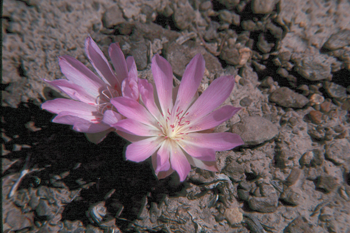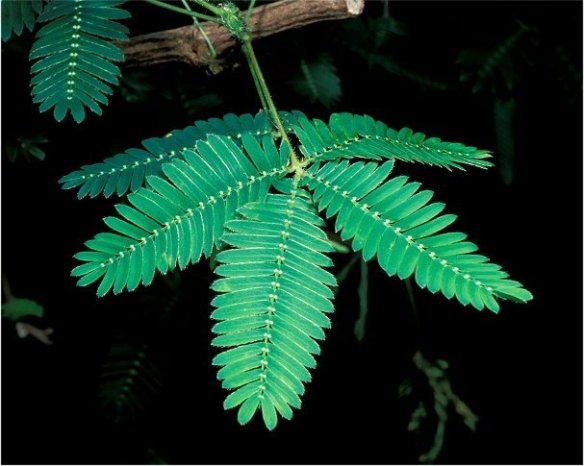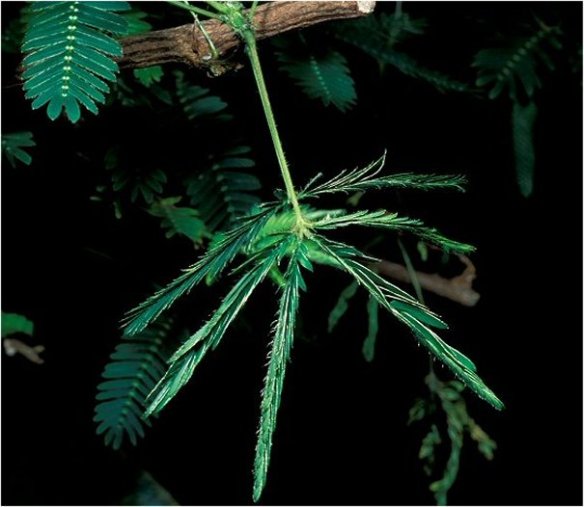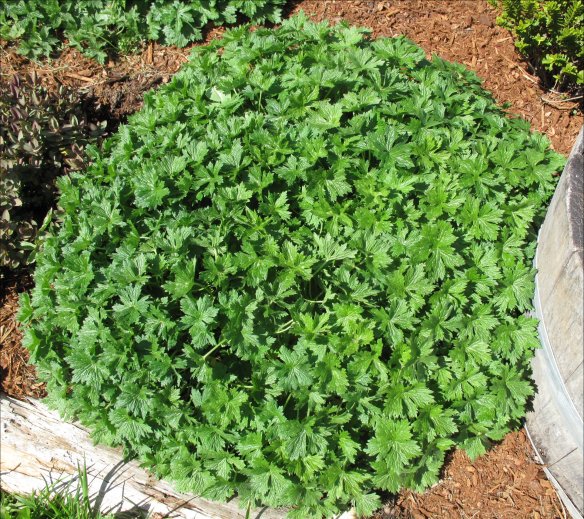No, this post is not about my thinking or feeling flora, or me handling plant material by simply talking to the plant. It’s really about a provocative and fascinating Michael Pollan’s piece in the December 2013 New Yorker magazine. “The Intelligent Plant: Scientists debate a new way of understanding flora.” (The above link may open the complete article for current New Yorker subscribers only) Or just scroll down to continue more about the fascinating neurobiology that plants are smarter than we think.
The idea that plants might be intelligent (some would say even sentient) in some manner and worthy of study is the work of a group of scientists who prefer to categorize their work as “Plant Neurobiology.” Predictably. Many scientists, botanists and other academics were outraged. According to Michael Pollan, “Depending on whom you talk to in the plant sciences today, the field of plant neurobiology represents either a radical new paradigm in our understanding of life or a slide back down into the murky scientific waters last stirred up by [the book] The Secret Life of Plants.”
In case you’re not familiar with The Secret Life of Plants, first published in 1973, one claim it made is that plants were sentient, even though lacking a nervous system or brain. Pollan says the book’s “… most memorable passages described experiments of a former C.I.A. polygraph expert named Cleve Backster, who, in 1966, on a whim, hooked up a galvanometer to the leaf of a dracaena, a houseplant that he kept in his office. To his astonishment, Backster found that simply by imagining the dracaena being set on fire he could make it rouse the needle of the polygraph machine.”
Not surprisingly, legitimate researchers could not duplicate these results. Since it’s publication, much of the reported science in The Secret Life of Plants” has been discredited. But Pollan says the cultural damage was significant and hindered important work:
According to Daniel Chamovitz, an Israeli biologist who is the author of the recent book What a Plant Knows, [The Secret Life of Plants] stymied important research on plant behavior as scientists became wary of any studies that hinted at parallels between animal senses and plant senses.” Others contend that “The Secret Life of Plants” led to “self-censorship” among researchers seeking to explore the “possible homologies between neurobiology and phytobiology”; that is, the possibility that plants are much more intelligent and much more like us than most people think—capable of cognition, communication, information processing, computation, learning, and memory.
That’s the backstory to Pollan’s fascinating review of the work plant neurobiologists are doing today. That research is covered in depth in Pollan’s piece. I’ll recount just one example, experiments on Mimosa pudica, better known as the Sensitive Plant.
Most of us are familiar with the way the leaves of this plant respond immediately to touch by folding up, presumably to frighten away insects. The leaves also collapse when the plant is dropped.
Monica Gagliano, an animal ecologist at the University of Western Australia based her experiment with the sensitive plant on a set of protocols commonly used to test learning in animals. Her unpublished paper was presented at a scientific conference at the University of British Columbia in Vancouver, B.C. She potted 56 mimosa plants and designed a system to drop the pots from a height of fifteen centimeters every five seconds. Each training session involved 60 drops. Gagliano reported the mimosas sarted to reopen their leaves after just four to six drops; and by the end of the series their leaves remained completely open as if they concluded this stimulus could be completely ignored.
Even more interesting, Gagliano retested her plants after a week and found they continued to disregard the drop stimilus, as if they remembered what they had learned. Gagliano’s conclusions suggested that “brains and neurons are a sophisticated solution but not a necessary requirement for learning.”
Another fascinating example Pollan detailed concerned underground plant networks that forest trees establish using mycorrhizal fungi to connect roots and enable the exchange of information and even materials. Dubbed the “wood-wide web” by researchers, it allows scores of trees in a forest to convey warnings of insect attacks, and also to deliver carbon, nitrogen and water to trees in need.
Pollan concludes that “when most of us think of plants, to the extent that we think about them at all, we think of them as old — holdovers from a simpler, pre-human evolutionary past.” But, Pollan opines, “that for plant neurobiologists these plant behaviors hold the key to a future that will be organized around systems and technologies that are networked, decentralized, modular, reiterated, redundant and — green, able to nourish themselves on light. Plants are the great symbol of modernity, their ‘brainlessness’ turns out to be their strength, and perhaps the most valuable inspiration we can take from them.”
So if your interested in reading the entire article online The archive stores digital replicas of every print issue of The New Yorker published since 1925. Subscribers can explore the archive at archives.newyorker.com. After you’re done reading it, like me, you might no longer feel sheepish about talking, singing and engaging with the plants in your own garden.














